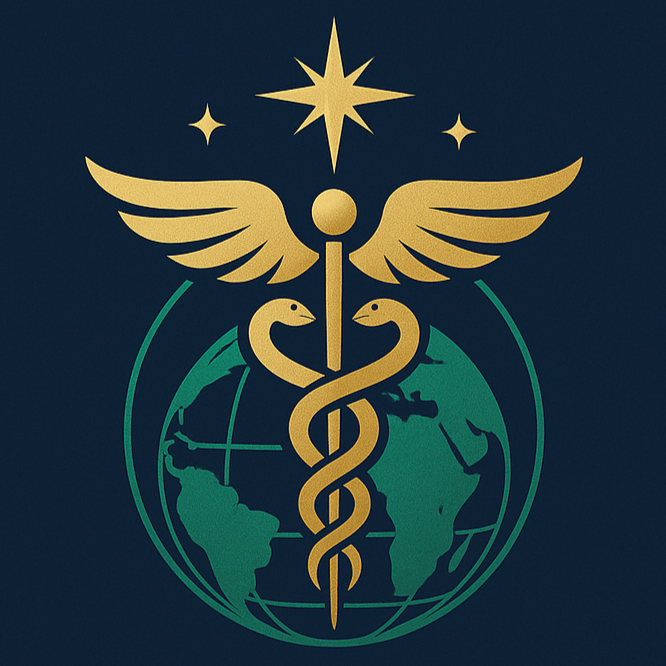Heavy Ion Therapy 重粒子放射治療
Heavy Particle Therapy is a type of cancer treatment that uses high-energy particles such as carbon or helium ions to target tumors. Compared to protons, these particles have greater mass and charge, resulting in an increased Relative Biological Effectiveness (RBE). Due to this enhanced biological effect, heavy particle therapy can deliver up to three times the biological damage (RBE ≈ 3) to cancer cells compared to photons or protons, even at the same physical dose.
Advantages
Heavy particles have a higher RBE, making them especially effective against certain radioresistant cancers. In addition, they exhibit a more pronounced Bragg peak than other forms of radiation, allowing for more precise dose delivery with minimal damage to surrounding healthy tissue when accurately targeted.
Bragg Peak Precision: Delivers maximal dose at the tumor depth with minimal exit dose.
High RBE: Carbon ions induce dense ionization tracks, creating clustered DNA breaks that are harder for cancer cells to repair.
Reduced Oxygen Dependence: More effective in hypoxic (low‑oxygen) tumor regions where X‑rays are less potent PMC.
Conditions benefiting from heavy particle therapy:
Radioresistant tumors:
Examples include sarcomas, malignant melanoma, and adenoid cystic carcinoma. These tumors tend to respond poorly to photon therapy, but due to the higher biological effectiveness of heavy particles, treatment outcomes may be significantly improved.Tumors near the skull base or spinal cord:
Such as chordoma and chondrosarcoma. Given their proximity to critical organs, heavy particle therapy—like proton therapy—can deliver higher doses safely, potentially offering better tumor control than photon therapy.Gastrointestinal and genitourinary cancers:
Research from Japan has shown promising results for heavy particle therapy in treating cancers such as liver cancer, pancreatic cancer, rectal cancer, and kidney cancer, particularly in the gastrointestinal and genitourinary systems.
Technological Evolution
-
Passive Scattering: Early beam‑shaping with scatterers and apertures; simple but less conformal.
-
Active Pencil‑Beam Scanning: Magnetic steering of narrow carbon‑ion beam "spots" for 3D dose painting.
-
Biology‑Based Planning (LEM Model): Incorporates RBE variations into treatment plans for optimal tumor control.
-
In Vivo Dose Verification: PET‑based monitoring of positron emitters produced in tissue to confirm dose delivery.
Future Directions
-
FLASH Carbon Therapy: Ultra‑high dose‑rate approaches to spare normal tissue even further.
-
Compact Accelerators & Gantries: Reducing facility size and cost to broaden access.
-
Combination Therapies: Pairing with immunotherapy or radiosensitizers for synergistic effects.
-
Adaptive Treatment: Real‑time imaging and plan adaptation to account for anatomical changes.


